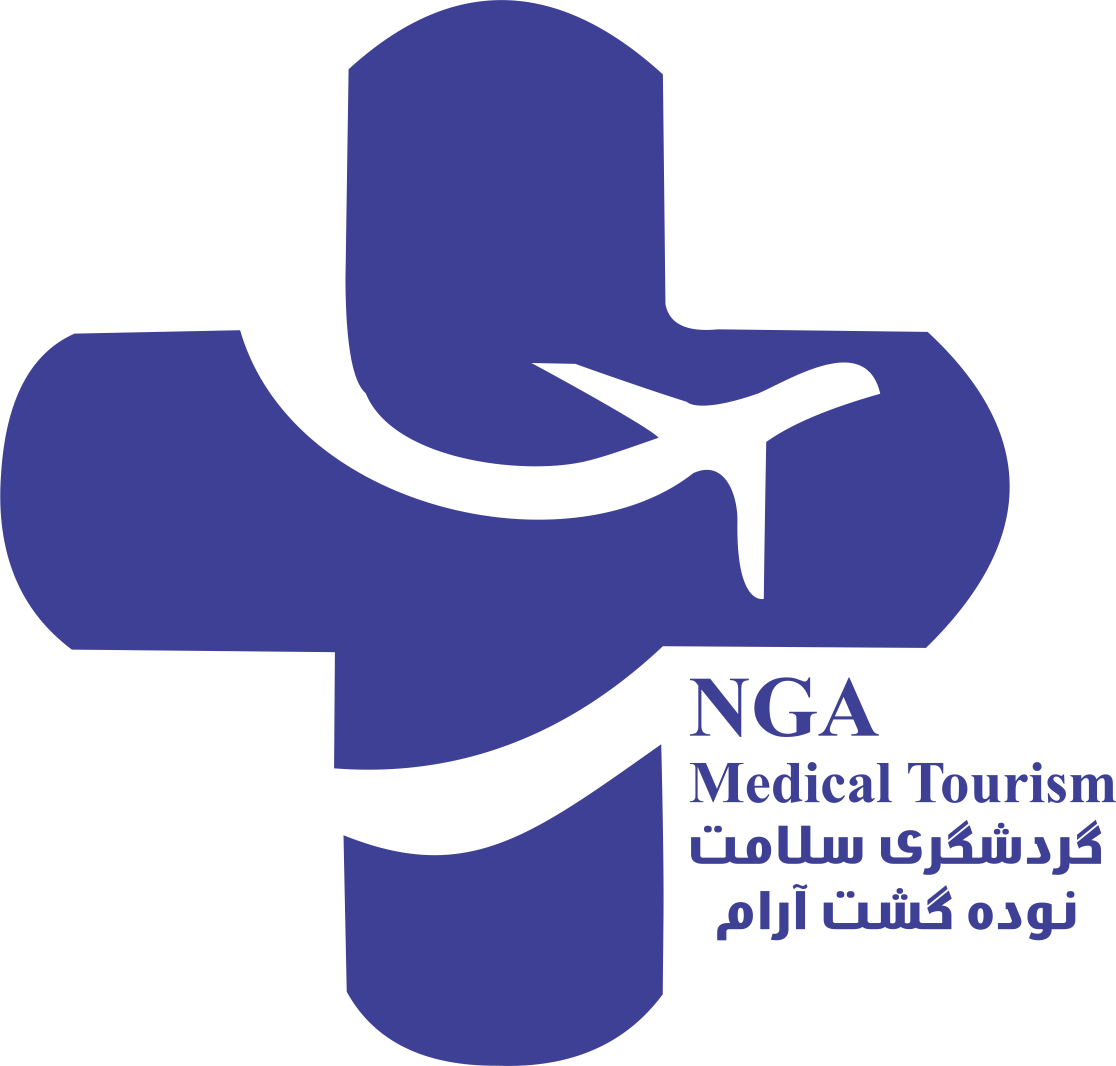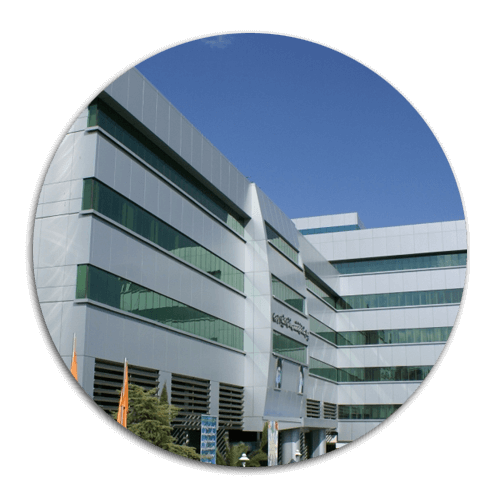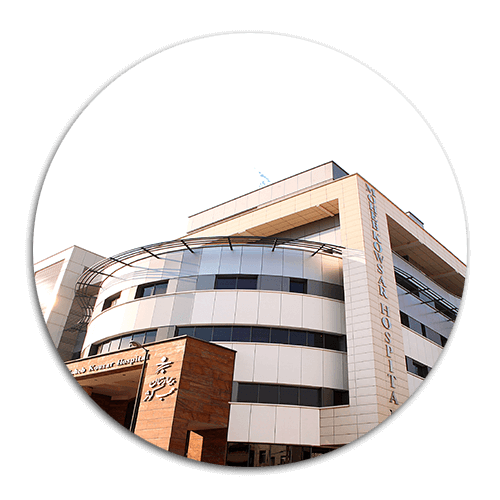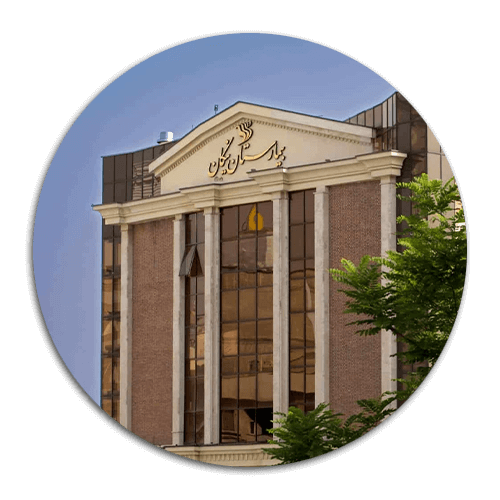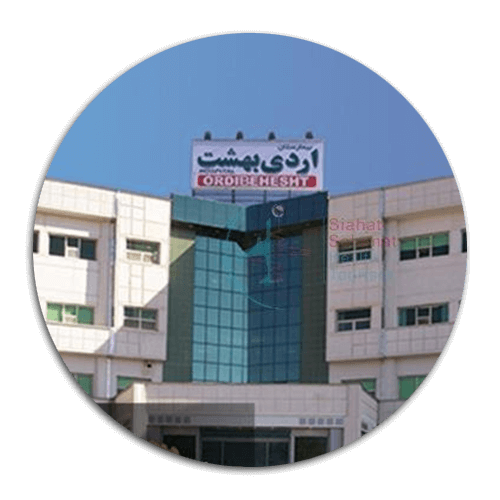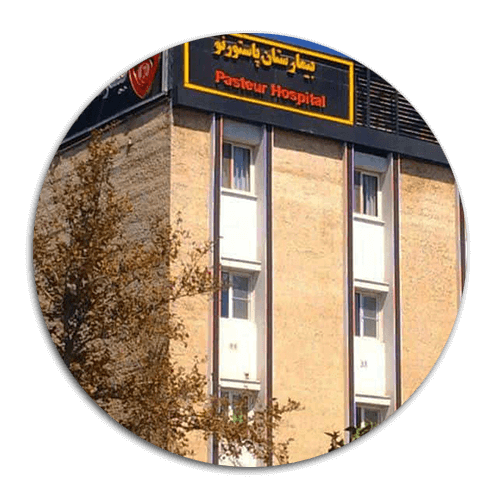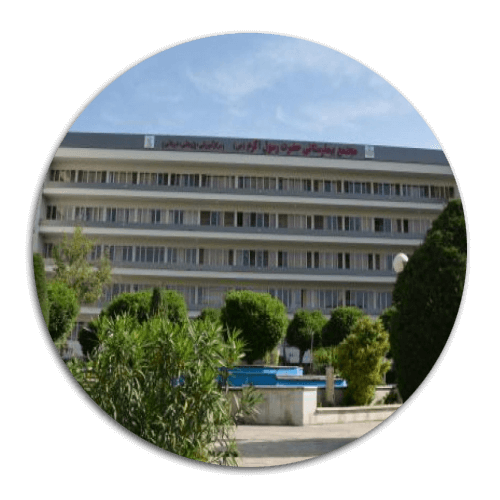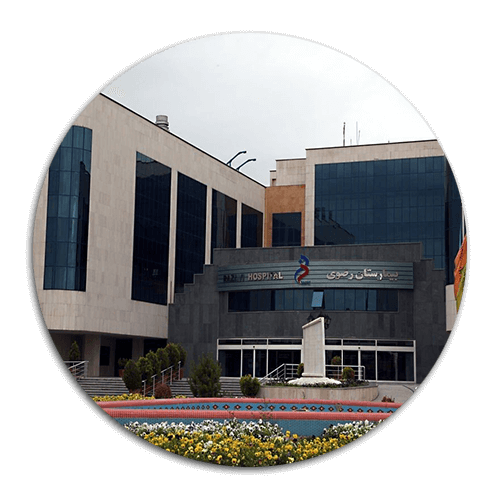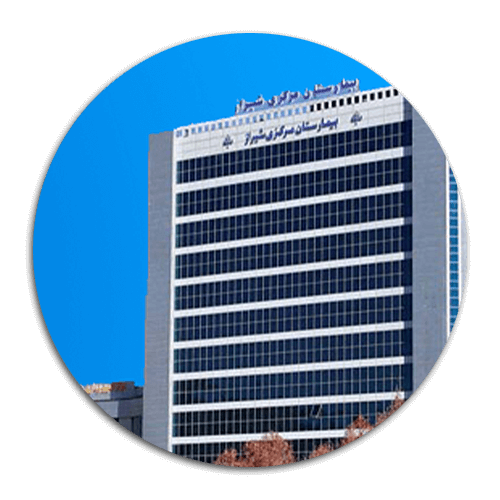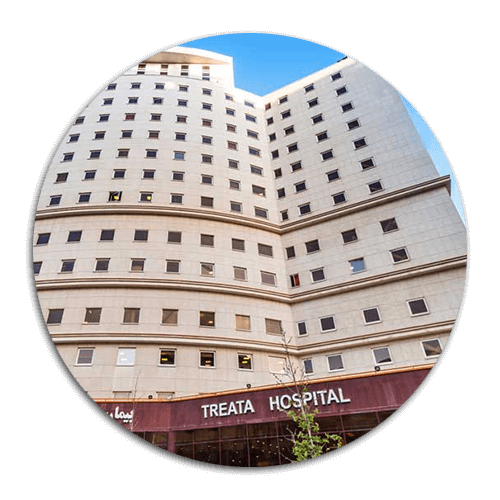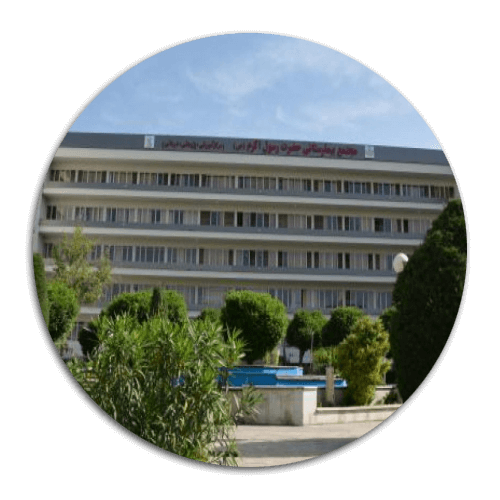All Departments
- Aortic valve stenosis (Aortic stenosis)
- arteriovenous malformations
- Avascular Necrosis
- Best cosmetic dentistry in Iran| Dental Treatment in Iran
- Breast Augmentation in Iran|Breast implant in iran
- Breast Reduction surgery
- Cancer in Iran: oncology in Iran
- Cardiology
- Cataract surgery in Iran
- Cochlear Implant Surgery in Iran
- Cosmetic Laser
- Cosmetic Surgery
- Ear cosmetic surgery
- Eye Care
- Eyelid surgery (Blepharoplasty)
- General Heart Surgery in Iran
- General surgery in Iran
- Glaucoma Treatment In Iran
- Hair Transplant
- Heart valve surgery
- lasik Eye Surgery
- Liposuction
- Non-Surgical Cosmetic procedures in iran
- Organ Transplantation in Iran
- Orthopedic
- Paget disease of bone
- Pediatrics
- Plastic surgery
- Psychiatry
- Radiology
- Rhinoplasty surgery in iran
- Shoulder Replacement Surgery
- SkinCare Treatment
- Spinal cord injury
- urolithiasis procedure in iran
- Urology
- Varicocelectomy
Opening Hours

Orthopedic
Orthopedic in Iran
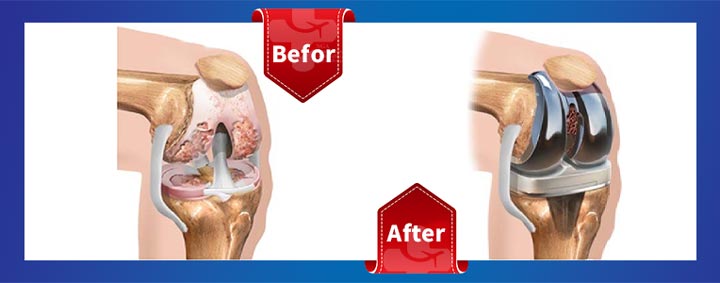
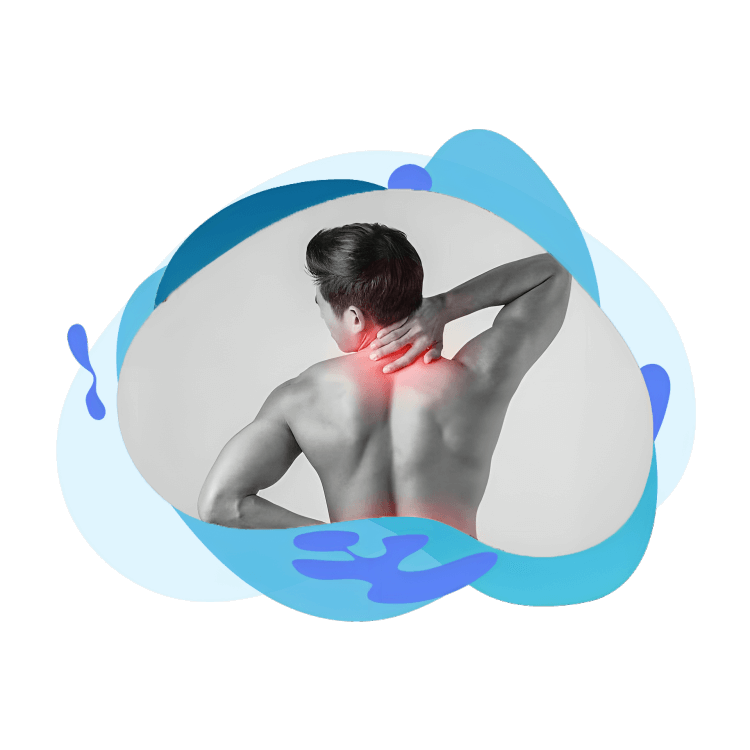
Iran boasts a well-developed field of orthopedics, with medical technology and human resources on par with countries like the US, the UK, Germany, France, and Japan. In addition to providing excellent quality Orthopedic in Iran , the cost of these treatments in the country is significantly more reasonable compared to other nations. As a result, Iran has become an attractive destination for orthopedic patients from neighboring countries and beyond who seek major treatments such as arthroplasty or joint replacement surgery at an affordable price.
Iran has made significant progress in the field of Orthopedic surgery in recent years, placing it among the top 10 countries in this area. Additionally, Orthopedic surgery in Iran is offered at a much more affordable cost compared to other countries. With skilled surgeons, welcoming locals, and cost-effective services, Iran is a smart choice for individuals seeking orthopedic surgery abroad.
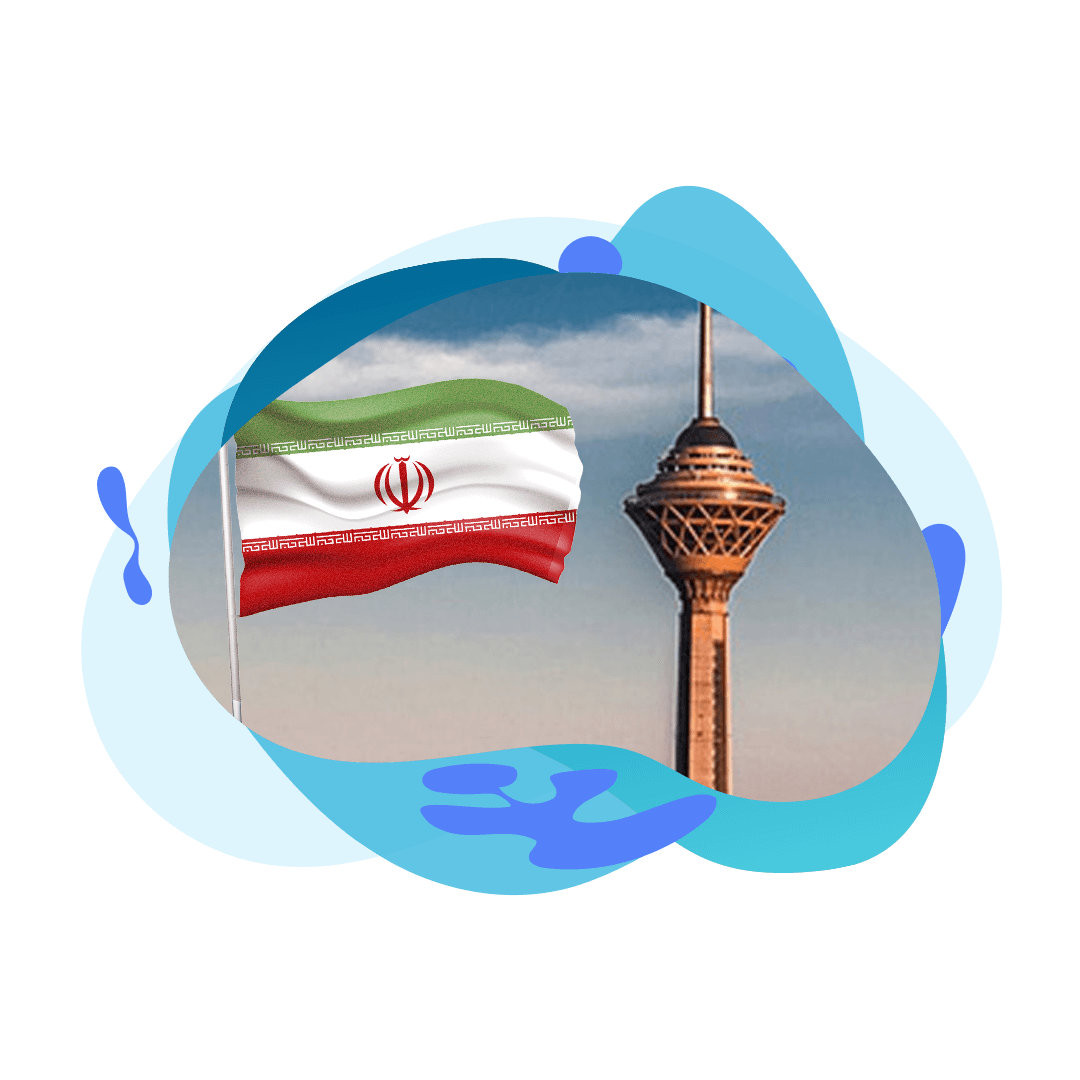
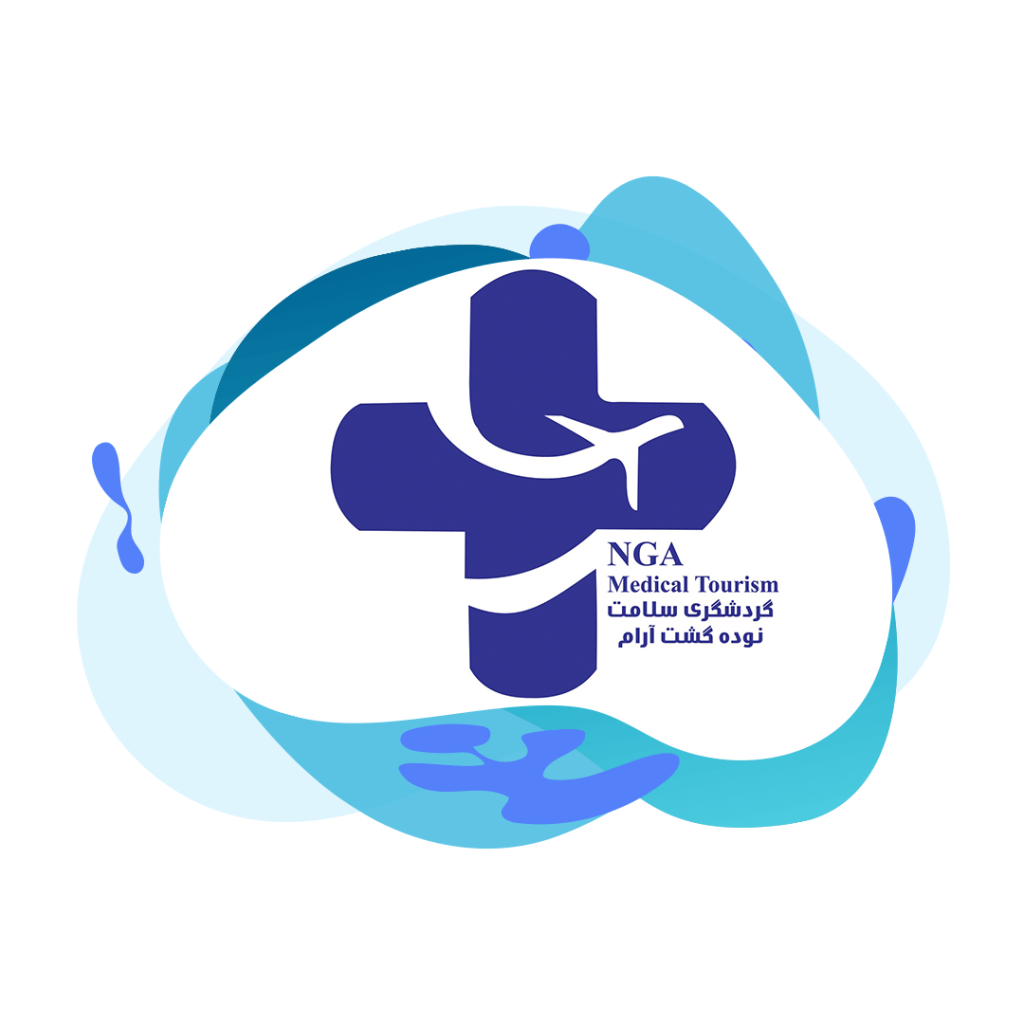
Ipdtourism is the largest and most reputable medical tourism facilitator in Iran, making it the top choice for foreign patients seeking a convenient and hassle-free medical treatment experience. With a trained and professional team, ipdtourism handles all aspects of your Orthopedic surgery trip to Iran from the moment you decide to travel until you complete your medical journey and return home.
Orthopedic Surgery
Orthopedic surgery is a medical specialty that focuses on diagnosing and treating diseases and injuries that affect the musculoskeletal system, including bones, joints, muscles, and ligaments. The goal of this specialty is to improve the function of the musculoskeletal system, alleviate pain, and restore mobility.
Contrary to popular belief, orthopedic physicians make every effort to treat your condition using non-surgical approaches.
Some suggestions for non-surgical orthopedic treatment include:
- Physiotherapy or Rehabilitation: Physical therapy exercises and techniques are used to improve strength, flexibility, and mobility, and to reduce pain.
- Rest: Adequate rest and avoiding activities that exacerbate the condition can help promote healing and relieve symptoms.
- Medication and Injections: Non-surgical options such as pain medications, anti-inflammatory drugs, and corticosteroid injections may be recommended to manage pain and inflammation.
- Lifestyle Changes: Making lifestyle modifications, such as maintaining a healthy weight, adopting proper body mechanics, and engaging in low-impact exercises, can have a positive impact on orthopedic conditions.
It is important to consult with your orthopedic physician to determine the most suitable non-surgical treatment approach for your specific condition.
Our Services
Your message will be reviewed by our doctors and specialist . We will get back to you within 24 Hours.
Nodeh Gasht Aram experts will answer your questions 24/7 , through online chat or by phone.
You get medical opinion and cost estimate
Nodeh Gasht Aram plan your trip.
We arrange your medical visa , flight, ticket, appointments, accommodation etc.
Booking various types of accommodation
interpreter
insurance
SIM & Internet
City Tour
Collaboration with different medical centers to get the best diagnosis and treatment by talent doctors and surgeons...
Post-treatment recuperation and check up .
After the completion of treatment and you return to your country, we will follow you around the clock.
Why Nodeh Gasht Aram?
- Contact Us Via Whatsapp: Your message will be reviewed by our doctors and specialist . We will get back to you within 24 Hours.
- Free Consultation: Nodeh Gasht Aram experts will answer your questions 24/7, through online chat or by phone.
- Qoutation: You get medical opinion and cost estimate
- Ticketing & Visa Support: Nodeh Gasht Aram plan your trip We arrange your medical visa , flight, ticket, appointments, accommodation etc.
- Hotel Booking,Travel Insurance,Interpreter: Booking various types of accommodation, interpreter, insurance, SIM & Internet, City Tour
- Hospitality & Diagnosis & Treatment: Collaboration with different medical centers to get the best diagnosis and treatment by talent doctors and surgeons.
- Recovery: Post-treatment recuperation and check up .
- Follow-up: After the completion of treatment and you return to your country, we will follow you around the clock.
The History and Development of Orthopedic surgery in Iran
Orthopedic surgery has a rich history in Iran that dates back over 4,000 years. The discovery of healed broken bones and pierced skulls in Shahr-e Sukhteh (Burnt City) in Iran provides evidence that Iranians have been treating bone fractures since ancient times.
Notable Iranian scientists and physicians, such as Abu Bakr Muhammad ibn Zakariya Razi (Rhazes) and Avicenna, wrote about fractures, joint sprains, and bone anomalies. Rhazes was the first Iranian physician to use plaster casts in the 8th century for fracture immobilization, and Avicenna later used tractions, splints, plaster casts, and bitumen to treat bone fractures. He even wrote about Bennet fracture 1000 years before it was credited to Edward Hallaran Bennett.
In the 20th century, a new chapter in Orthopedic surgery in Iran began when a group of Iranian orthopedic surgeons returned to Iran in the 1950s after completing specialized training in the United States and Europe. Orthopedics became an independent medical specialty in Iran, and in 1970, the first orthopedic hospital in Iran (Shafa Yahyaeiyan Hospital) was established in Tehran.
Orthopedic surgery in Iran gained momentum in the 1980s due to the high number of casualties from the Iran-Iraq war. Iranian orthopedists gained extensive experience carrying out various orthopedic operations on soldiers and civilians injured in the conflict.
Today, orthopedics is widely practiced in Iran, with almost all medical schools in Iran having orthopedic departments. Iranian hospitals are staffed with well-trained orthopedic surgeons who perform a wide range of orthopedic procedures using advanced techniques, including arthroscopy surgery. Minimally-invasive spine surgery and laser back surgery are also becoming popular in Iran.
There are several types of orthopedic practices, each specializing in a particular area of orthopedics. Here are some of the common types of orthopedic practices:
1. General orthopedics: These practices provide a wide range of services for the diagnosis, treatment, and prevention of musculoskeletal conditions and injuries.
2. Sports medicine: These practices specialize in the treatment of sports-related injuries, including sprains, strains, fractures, and other trauma to the musculoskeletal system.
3. Joint replacement: These practices focus on the surgical replacement of damaged or worn-out joints, such as the hip, knee, or shoulder.
4. Hand and upper extremity: These practices specialize in the diagnosis and treatment of conditions affecting the hand, wrist, forearm, elbow, and shoulder.
5. Foot and ankle: These practices diagnose and treat conditions affecting the foot and ankle, including fractures, sprains, and chronic conditions such as arthritis.
6. Spine: These practices specialize in the diagnosis and treatment of conditions affecting the spine, including herniated discs, spinal stenosis, scoliosis, and other spinal deformities.
7. Pediatric orthopedics: These practices focus on the diagnosis and treatment of musculoskeletal conditions and injuries in children, including congenital deformities and developmental disorders.
8. Oncologic orthopedics: These practices specialize in the diagnosis and treatment of bone and soft tissue tumors.
Orthopedic practices may also provide additional services, such as physical therapy, rehabilitation, and pain management, to help patients recover from musculoskeletal injuries and conditions.
An orthopedic specialist, commonly referred to as an orthopedist, is a medical professional who focuses on diagnosing and treating conditions related to the body’s musculoskeletal system. They utilize both surgical and non-surgical medical techniques to address various issues.
These problems may include:
- Bone injuries and deformities: Orthopedists diagnose and treat fractures, dislocations, and other bone-related injuries and conditions.
- Tendon and ligament ruptures: They address tears or ruptures in tendons and ligaments, which are common in sports-related injuries or accidents.
- Sports injuries: Orthopedic specialists specialize in managing and treating sports-related injuries, such as sprains, strains, and fractures caused by athletic activities.
- Joint conditions: Orthopedists handle conditions affecting the joints, including osteoarthritis (degenerative joint disease) and joint wear, providing both conservative and surgical treatments.
- Bone and soft tissue tumors: They diagnose and treat benign and malignant tumors of the bones and soft tissues.
- Congenital abnormalities: Orthopedic specialists manage and treat congenital conditions that affect the musculoskeletal system, such as clubfoot or scoliosis.
Bone infections: They address infections that affect the bones, such as osteomyelitis, and provide appropriate treatment to control the infection.
Orthopedic specialists employ their expertise in both surgical interventions and non-surgical approaches, aiming to alleviate pain, restore functionality, and enhance the overall quality of life for their patients.
Read More: Shoulder Replacement Surgery
Read More: Spinal cord injury treatment in Iran
Read More: Avascular Necrosis treatment in Iran
Read More: Paget Disease Of Bone treatment in iran
Orthopedists are medical doctors who specialize in the prevention, diagnosis, and treatment of conditions and injuries that affect the musculoskeletal system, which includes bones, joints, muscles, tendons, and ligaments. Some of the common conditions and injuries that orthopedists treat include:
1. Fractures and broken bones
2. Arthritis and joint pain
3. Sports injuries
4. Back and neck pain
5. Torn ligaments and tendons
6. Carpal tunnel syndrome
7. Osteoporosis and bone density problems
8. Scoliosis and other spinal deformities
9. Tumors and bone cancers

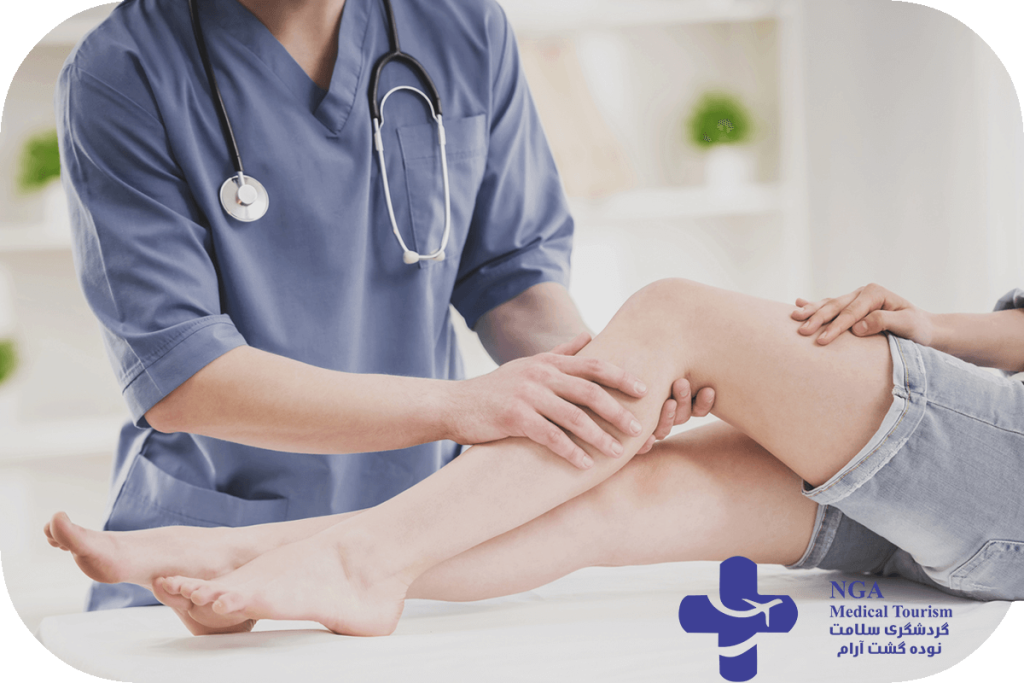
Common Types of Orthopedic surgery in Iran
- Joint replacement procedures (e.g., knee replacement, hip replacement, etc.)
- Spine surgery (including laminectomy, microdiscectomy, and traditional spinal fusion)
- Debridement
- Bone fusion
- Soft tissue repair (including meniscus repair, Anterior Cruciate Ligament (ACL) and Posterior Cruciate Ligament (PCL) reconstruction, etc.)
- Bunion surgery
- Rotator cuff surgery
- Osteotomy
- Internal fixation of bones, such as femoral fractures
- Carpal tunnel release
- Cervical fracture surgery
Some potential risks associated with orthopedic surgeries in Iran include:
- Limited range of motion in the joints.
- Bleeding during or after surgery.
- Blood clots forming in the arteries.
- Nerve damage near the surgical site.
- Scarring.
- Allergic reactions to materials used in the surgery.
- Infections related to fusion, internal fixtures, and implants.
- Adverse reactions to anesthesia.
- Changes in leg size following knee replacement surgery.
- Increased risk of arthrosis (joint degeneration) over time.


The price of orthopedic procedures may vary depending on the surgeon, hospital, and type of surgery. To provide an approximate estimate, the average cost of various orthopedic surgeries in Iran is as follows:
- Knee Replacement: $1600 – $5000
- Hip Replacement: $1600 – $3200
- Herniated Disc Surgery: $1500 – $2000
- Canal Stenosis Surgery: $1600 – $3000
- ACL Surgery: $1000 – $3000
- Bunion Surgery: $1500 – $2000
- Osteotomy: $1200 – $1500
- Internal Fixation of Bones: $300 – $600
- Carpal Tunnel Release: $600 – $1000
- Cervical Fracture Surgery: $1600 – $2500
Orthopedic procedures in Iran encompass various techniques such as arthroscopy, fusion, internal fixation, joint replacement, osteotomy, and soft tissue repair. Arthroscopy involves using a camera to examine joints, while fusion joins bones together using internal devices. Internal fixation aligns and stabilizes fractured bones, and joint replacement replaces damaged joints with artificial ones. Osteotomy corrects bone anomalies, and soft tissue repair focuses on repairing injured tendons and ligaments. These approaches are commonly used by orthopedic surgeons in Iran to diagnose and treat musculoskeletal conditions effectively.
Recent years have witnessed significant advancements in orthopedic technologies in Iran, fueled by the rapid development of technology in the medical field.
One notable advancement is the use of arthroscopy, a minimally invasive procedure that utilizes specialized tools to diagnose and treat ligament and joint conditions. Arthroscopy has opened new avenues for therapeutic interventions in orthopedics in Iran.
Exciting research on stem cells is also taking place in Iran, holding the potential to stimulate ligament and bone growth in patients in the future. This area of study may revolutionize orthopedic treatment options.
Surgical management of progressive joint diseases has seen extensive developments in Iran. Orthopedic surgeons are now capable of replacing damaged joints with prostheses, offering patients the opportunity for complete joint replacement and improved mobility.
Research into growing articular cartilage in joints is another area of focus, with the aim of reducing the need for joint replacements in some patients in the future.
In a groundbreaking development for the Middle East, Iran has pioneered the use of computer and 3D modeling techniques to correct lower limb abnormalities in orthopedic patients, providing more precise and personalized treatment approaches.
Orthopedic practitioners now strive to specialize in a specific field to acquire extensive knowledge and experience in that particular area. These specialized fields include hand surgery, shoulder and elbow surgery, spine surgery, pelvic and hip surgery, knee surgery, foot surgery, pediatric orthopedic surgery, tumors of the locomotor system surgery, trauma surgery, and skeletal injuries, as well as sports injury surgery.
Orthopedic Surgery in Iran: Advanced Technology and Medical Tourism
Iran is known for its skilled orthopedic surgeons and advanced medical technology. Recently, Iranian specialists have successfully developed a 3D modeling system that creates a 3D model of a patient’s affected bone or joint. This system allows orthopedic surgeons to simulate the operation they will perform on the patient and carefully plan the surgery, leading to a higher chance of success.
With the growing trend of medical tourism and the increasing willingness of people to travel abroad for affordable healthcare services, Iran has taken measures to improve its medical tourism services for patients seeking Orthopedic surgery.
The Iranian Ministry of Health has established special requirements for hospitals that want to offer services to foreign patients. Hospitals that meet these requirements are given permits to set up an International Patients Department (IPD) that is exclusively intended to admit foreign patients and provide professional healthcare services to them. As of 2018, there were 170 hospitals with IPD in Iran, many of which offer orthopedic surgery to medical tourists at reasonable prices.
The affordable orthopedic surgery fees in Iran make it an attractive destination for orthopedic patients. According to Dr. Soheil Mehdipour, an orthopedic surgeon in Iran, this advanced technology also helps surgeons with the accurate placement of artificial implants in complex knee replacement cases.
1. Specialized & Experienced Orthopedic Physicians in Iran
2. The Advanced Orthopedic Hospitals and Clinics in Iran
3. The Unbelievable Cost of the Various Types of Orthopedics Surgeries in Iran
1. Specialized & Experienced Orthopedic Physicians in Iran
cost of orthopedic surgery in Iran
Department of Orthopedics | Orthopedic surgery cost ($ US) |
|---|---|
Shoulder Replacement | 3500 $ |
Bunion surgery | 2000 $ |
Spinal surgery | 3000 $ |
ACL surgery | 1700 $ |
Hip replacement | 3500 $ |
Knee replacement | 4000 $ |
Knee arthroscopy | 1200 $ |
Carpal tunnel surgery | 400 $ |
Achilles tendon repair surgery | 2400 $ |
Elbow replacement | 2600 $ |
Hand and wrist surgery | 1700 $ |
Ankle replacement | 3200 $ |
Read More: Arteriovenous Malformations
Read More: Aortic Valve Stenosis (Aortic Stenosis)
Read More: Heart Valve Surgery
Read More: Cardiology in Iran
Read More: General Heart Surgery
To learn more about arranging Orthopedic surgery in Iran, simply contact us and provide information about your orthopedic condition or the type of surgery you’re interested in. Our experienced coordinators will provide you with all the necessary details, including the cost and length of stay required for the surgery in Iran. Don’t hesitate to reach out to us today to get started on your journey towards better health. For contact ipdtourism
The length of hospital stay required for your Orthopedic surgery in Iran can vary depending on a range of factors, including the type of surgery, your age, overall health, and other individual considerations. Generally speaking, most patients can expect to stay in the hospital for a period of 2-5 days following their surgery, before being released to return home. Our expert coordinators can provide you with more specific information regarding the expected length of hospital stay for your particular surgery, so don’t hesitate to contact us for more details. +989120131750-1 | +989129369336
Orthopedic surgery recovery can vary significantly from person to person, depending on factors such as the type of surgery, overall health, and the rate at which the body heals. While some patients may see a full recovery within a few weeks following their procedure, others may require several months of healing before seeing the final results.
In addition to post-operative care provided by your surgeon, physiotherapy and home care are crucial for a speedy recovery after Orthopedic surgery. Your surgeon may prescribe an outpatient physiotherapy course to help accelerate your recovery process and ensure the best possible outcome. At IPDTourism, we can help you arrange for all the necessary post-operative care and rehabilitation services to ensure a smooth and successful recovery
Arthroscopy surgery is a common orthopedic procedure performed in Iran, with skilled Iranian orthopedic surgeons performing a range of arthroscopic surgeries to diagnose and treat various orthopedic conditions. Knee arthroscopy, shoulder arthroscopy, hip arthroscopy, ankle arthroscopy, and elbow arthroscopy are just a few examples of the arthroscopic surgeries performed by Iranian orthopedic surgeons. If you are considering arthroscopy surgery, rest assured that you can find highly qualified and experienced surgeons in Iran who can provide the necessary treatment and care for your condition.
Laser spine surgery is a commonly performed procedure in Iran, with many experienced and skilled orthopedic surgeons offering this advanced surgical technique to patients. This minimally invasive surgery uses laser technology to treat spinal conditions, such as herniated discs, spinal stenosis, and other spine-related issues. If you are considering laser spine surgery, you can find highly qualified and experienced surgeons in Iran who can provide the necessary treatment and care for your condition. Contact us to learn more about laser spine surgery in Iran and how we can assist you in arranging your surgery.
Top 10 Orthopedic Surgeons in India
- Dr. Narender Kumar Magu. Orthopaedic Surgeon. …
- Dr. Jayant Arora. Orthopaedic Surgeon. …
- Dr. Yatinder Kharbanda. Orthopaedic and Joint Replacement Surgeon. …
- Dr. Ram Chidambaram. Orthopedician. …
- Dr. IPS Oberoi. Orthopaedic. …
- Dr. Yuvraj Kumar. …
- Dr. Sunil Shahane. …Dr. Suresh Bhoja Shetty.
- Dr. Suresh Bhoja Shetty
Orthopaedic and Joint Replacement Surgeon - Dr. Preshith Gaddam
Orthopaedic and Joint Replacement Surgeon - Dr. Balvinder Rana
Orthopaedic
Highest paying cities for Orthopedic Surgery Specialist in US
Orlando, FL. $344,800 per year.
Seattle, WA. $214,075 per year.
Dallas, TX. $144,857 per year.
Choosing a higher-paying subspecialty in orthopedic surgery, such as spine, oncology, or joint replacement, can lead to increased earnings throughout your career.
Some of the most difficult orthopedic surgeries include spinal fusion surgery, acetabular fixation, total joint replacement, and distal humerus fractures. These procedures require advanced surgical skills and expertise to ensure successful outcomes.
Based on our data, the lowest reported annual pay for an Orthopedic Surgeon is $144,000. It’s important to note that salaries can vary depending on factors such as experience, location, and qualifications.
Based on our data, the highest reported annual pay for an Orthopedic Surgeon is $638,000. It’s important to note that salaries can vary depending on factors such as experience, location, and qualifications.

Knee replacement is a surgery to replace damaged parts of the knee joint with artificial ones. It’s recommended for severe arthritis or chronic knee pain. After …
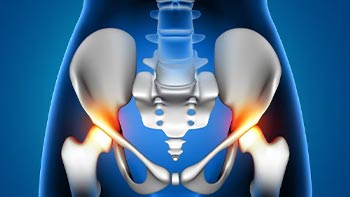
Hip replacement is a surgical procedure to replace a damaged or worn-out hip joint with an artificial one. This procedure is typically recommended for individuals who have …
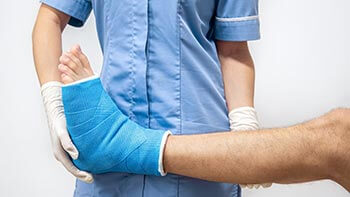
Elbow replacement is a surgical procedure to replace a damaged or worn-out elbow joint with an artificial one. This procedure is typically recommended for individuals who have …

Elbow replacement is a surgical procedure to replace a damaged or worn-out elbow joint with an artificial one. This procedure is typically recommended forindividuals who …
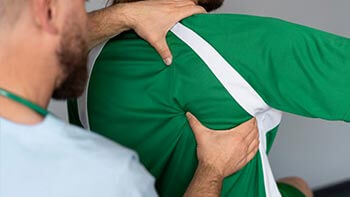
Shoulder replacement is a surgical procedure to replace a damaged or worn-out shoulder joint with an artificial one. This procedure is typically recommended for individuals who have …
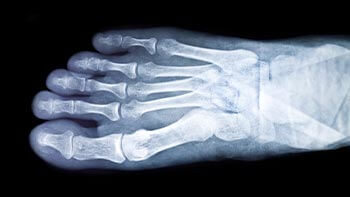
Bunion surgery is a procedure to correct a bunion, which is a bony bump that forms on the joint at the base of the big toe. This bump can cause pain and discomfort, and make …
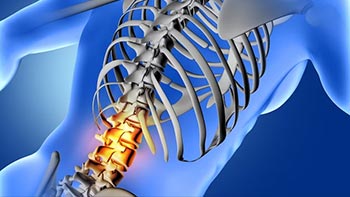
Disc hernia surgery is a procedure to treat a herniated disc, which occurs when the soft tissue inside the spinal disc pushes through a crack in the outer layer of the disc. This can …
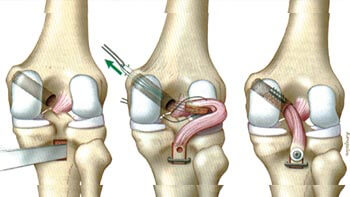
ACL and PCL reconstruction surgery is a procedure to repair a torn anterior cruciate ligament (ACL) or posterior cruciate ligament (PCL) in the knee. These ligaments help keep …
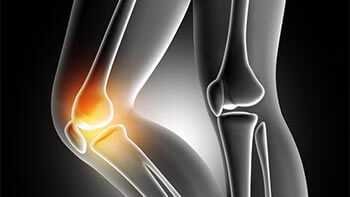
Knee osteotomy is a surgical procedure to treat knee arthritis by reshaping the bones in the knee joint. This procedure is typically recommended for individuals with early-stage arthritis who have …

Arthroscopic knee debridement is a minimally invasive surgical procedure that involves removing damaged tissue from the knee joint. This procedure is typically recommended for …
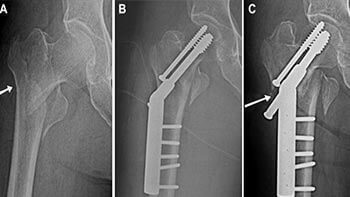
Hip nailing is a surgical procedure to treat a fractured hip by inserting a nail or rod into the femur bone to stabilize and support the hip joint. This procedure is typically recommended for …
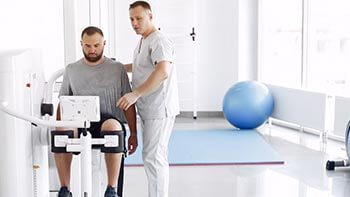
Rehabilitation is a process of restoring physical, mental, and emotional health and function after an illness, injury, or surgery. The goal of rehabilitation is to help individuals regain independence, improve …
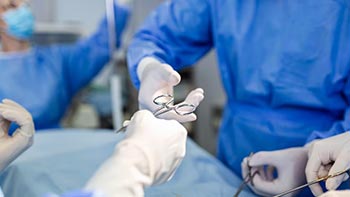
Laminectomy is a surgical procedure to relieve pressure on the spinal cord or nerves by removing part of the lamina, which is the bony covering of the spinal canal. This procedure is typically recommended for individuals with conditions such as spinal stenosis …
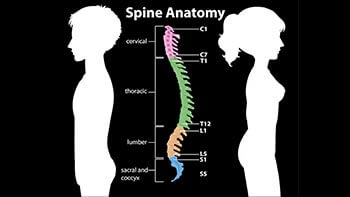
Spinal fusion is a surgical procedure to join two or more vertebrae together in the spine to stabilize the spine and reduce pain caused by conditions such as herniated discs, spinal stenosis, or scoliosis. During spinal fusion, the surgeon will use bone grafts, metal …
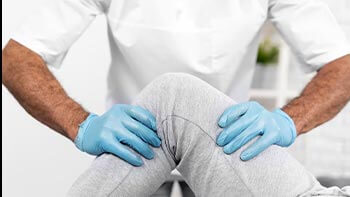
Meniscus repair is a surgical procedure to treat a torn meniscus, which is a piece of cartilage in the knee joint that acts as a shock absorber. This procedure is typically recommended for individuals with a meniscus tear caused by injury or degeneration. During …
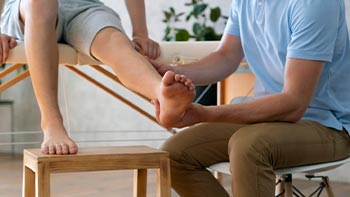
Achilles tendon repair is a surgical procedure to treat a ruptured or torn Achilles tendon, which is the largest tendon in the body that connects the calf muscle to the heel bone. This injury is typically caused by sudden, forceful movements or overuse. During …

